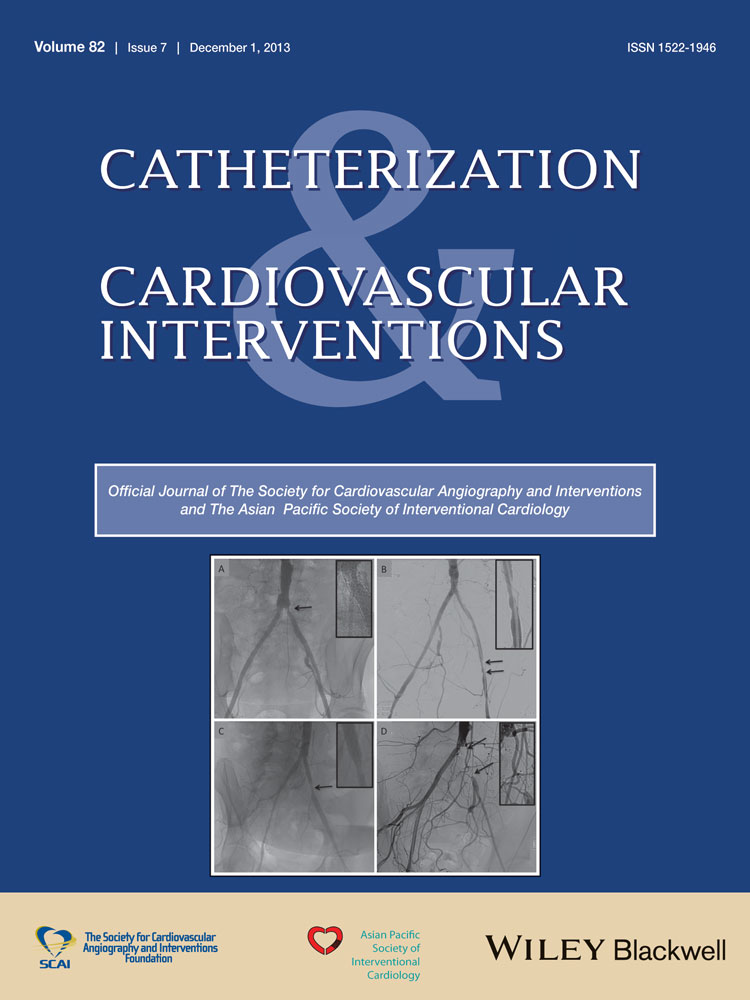Drug-eluting balloons for De Novo coronary artery disease
A Meta-Analysis of Angiographic and Clinical Data
Conflict of interests: None of the authors have a conflict of interest.
Abstract
Objectives
To evaluate the effectiveness of drug-eluting balloons (DEBs) in the treatment of de novo coronary artery disease by performing a meta-analysis of randomized controlled trials (RCTs).
Backgrounds
Current evidence regarding the success of DEBs is insufficient to formulate formal recommendations.
Methods
Seven RCTs were ultimately included. The primary angiographic endpoint was in-segment diameter stenosis, compared by measuring weighted mean difference (WMD). The primary clinical endpoint was incidence of major adverse cardiovascular events (MACEs) during a 1-year follow-up, compared by measuring pooled risk ratio (RR).
Results
For de novo native coronary lesions intervention, DEB plus bare metal stent (BMS) was not superior to BMS alone in both primary angiographic and clinical endpoints (in-segment diameter stenosis: WMD, −2.59% [95% confidence interval (CI): −9.13% to 3.94%]; MACEs: RR, 0.83 [95%CI: 0.48–1.46]), and DEB with/without BMS was associated with worse outcomes when compared with DES alone (in-segment diameter stenosis: WMD, 10.64% [95%CI: 2.41–18.87%]; MACEs: RR, 1.54 [95%CI: 0.91–2.61]). Subgroup analysis showed that DEB plus BMS significantly increased the risk of MACEs for simple de novo coronary lesions intervention when compared with DES alone (RR, 1.87 [95%CI: 1.33–2.63]).
Conclusions
Current data does not support the use of DEBs for de novo coronary lesions, especially for simple coronary lesions. © 2013 Wiley Periodicals, Inc.




